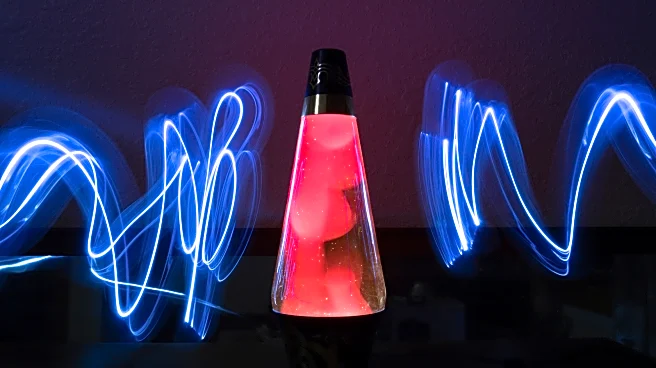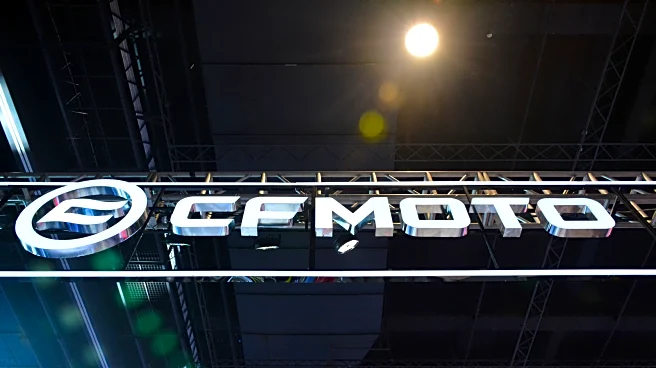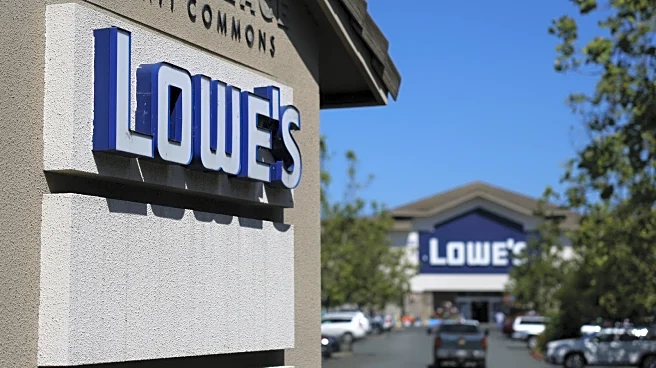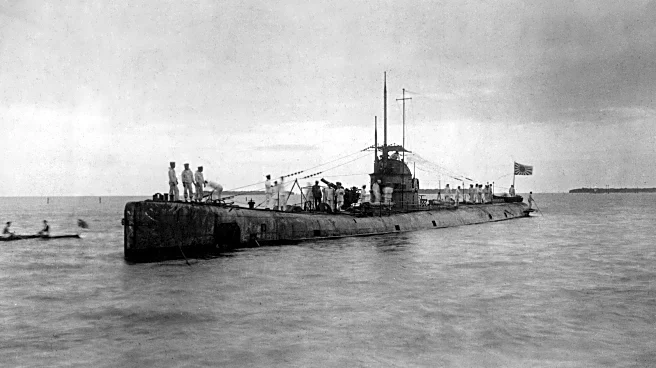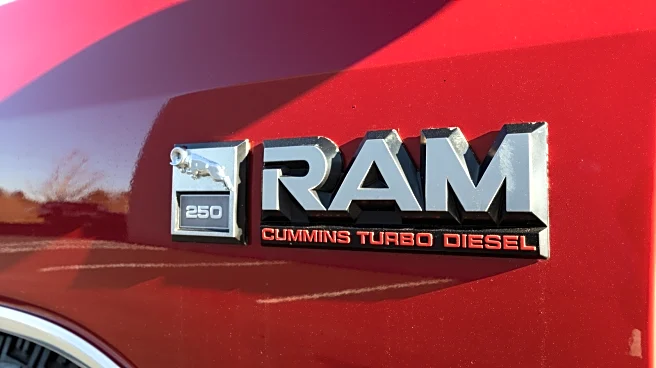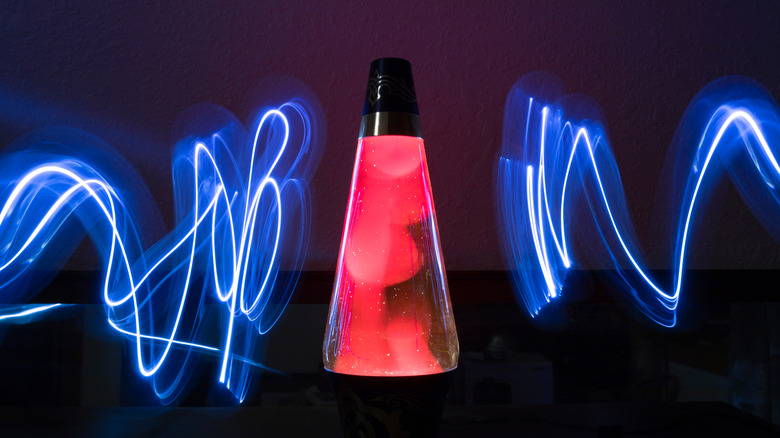
Want to turn on, tune in, and drop out? The lava lamp is your go-to device. Hailing from the same era as the famous Timothy Leary quote, this hippy, trippy lamp, with its slowly undulating globules, is an enduring and endearing icon of all things groovy and psychedelic. But, just like the VW Bus, the lava lamp was not always a countercultural icon.
In one of its first iterations, back in 1968, this languorous lamp — known then as the Astro Lamp — was quite buttoned-up and staid, designed for an executive's
desk with its walnut base and accompanying ballpoint pen. The Astro Lamp was invented by Edward Craven Walker, a British accountant who also dabbled in underwater nudist films. Feeling inspired after seeing a homemade egg-timer at a local pub, Walker set about trying to find the perfect liquids to achieve the mesmerizing movement the lava lamp is famous for. Those liquids are mostly colored water and wax, but with one secret ingredient.
The operation of the lava lamp depends on three underlying principles: density, miscibility, and the convection current. When the light globe at the lamp base is switched on, it emits heat, warming up the wax globules -- let's call them blobs, for the sake of the 1960s B-grade aesthetic. The blobs expand, becoming less dense than the surrounding water, and they rise to the top. Here they cool and fall slowly to the base again, whereupon the cycle continues.
Read more: The Most Expensive Game Consoles Of All Time, Ranked By Launch Price
The Hypnotic Effect Of Convection Currents
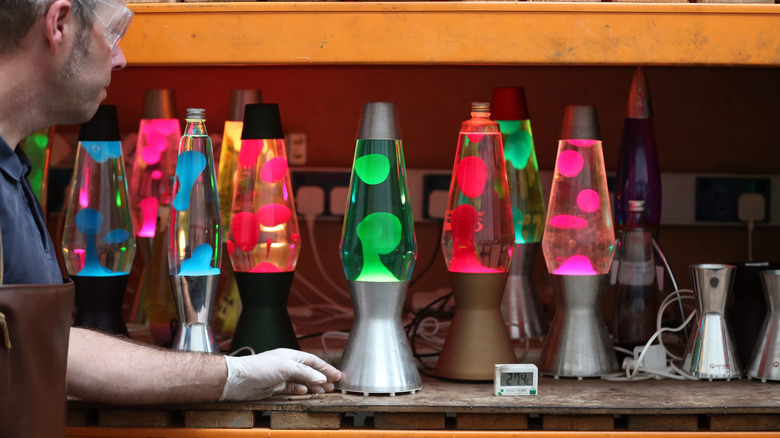
What we have described above is an example of a convection current, an effect also visible in the arabesques of candle smoke. Some physical phenomena, like candle smoke and lava lamps, can be hypnotic and harmless, relaxing and freeing the mind -- while others, like highway hypnosis, are downright dangerous. Other than recognizing the hypnotic and marketable nature of the lava lamo effect, Walker's ingenuity lay in finding the exact right liquids to make it work, which is where miscibility comes in.
Chocolate syrup, for example, is miscible in milk. But for blobs to remain blobs, they need to be immiscible. Such is the case with paraffin wax in water, or olive oil in vinegar: these are liquids that do not mix. Another fortuitous property of paraffin wax is its melting point, between 48ºC to 66ºC (120ºF to 150ºF), which makes it an inert solid when the lamp is off, before magically taking on its lava-like form as liquid blobs when the lamp heats up.
At 20ºC, water has a specific gravity of 1. At the same temperature, paraffin has a specific gravity of 0.9, making it lighter than water. Its density further drops to around 0.8 as it reaches 50ºC, continuing to fall as the temperature rises. But the wax needs to be heavier than water for it to fall to the base of the lamp when it cools, which is where the lava lamp's secret ingredient comes in.
The Secret Ingredient

With a specific gravity of 1.59, carbon tetrachloride is more than 50% heavier than water and mixes readily with wax. (It is also a notoriously carcinogenic chemical, so if the power goes out, and you have the seemingly genius idea of removing the paraffin wax from your lava lamp to roll into candles to light your room — don't.) Walker used the carbon tetrachloride -- along with other proprietary ingredients that have never been disclosed -- to add weight to the wax, getting the density of the blobs just right. As a result, we see them magically fall to the base of the lamp as they cool.
There are some other liquid ingredients that make up the lava lamp, but they are somewhat more prosaic than the paraffin wax and carbon tetrachloride formula. Water makes up the bulk of the liquid, and, like the wax, it is colored with dye, just for fun. The water is also treated with chemicals that prevent the growth of bacteria.
In 1965, Walker sold the U.S. manufacturing rights of the lamp to a company called Lava Lite, and in 1989, Cressida Granger, who today owns Mathmos, bought out Walker's Cresworth company, bringing the lava lamp grooviness to a whole new generation. At that time, Cresworth was only making about 1000 lamps a year, but in the year 2000, Mathmos sold around 800,000.
Want the latest in tech and auto trends? Subscribe to our free newsletter for the latest headlines, expert guides, and how-to tips, one email at a time.
Read the original article on SlashGear.
